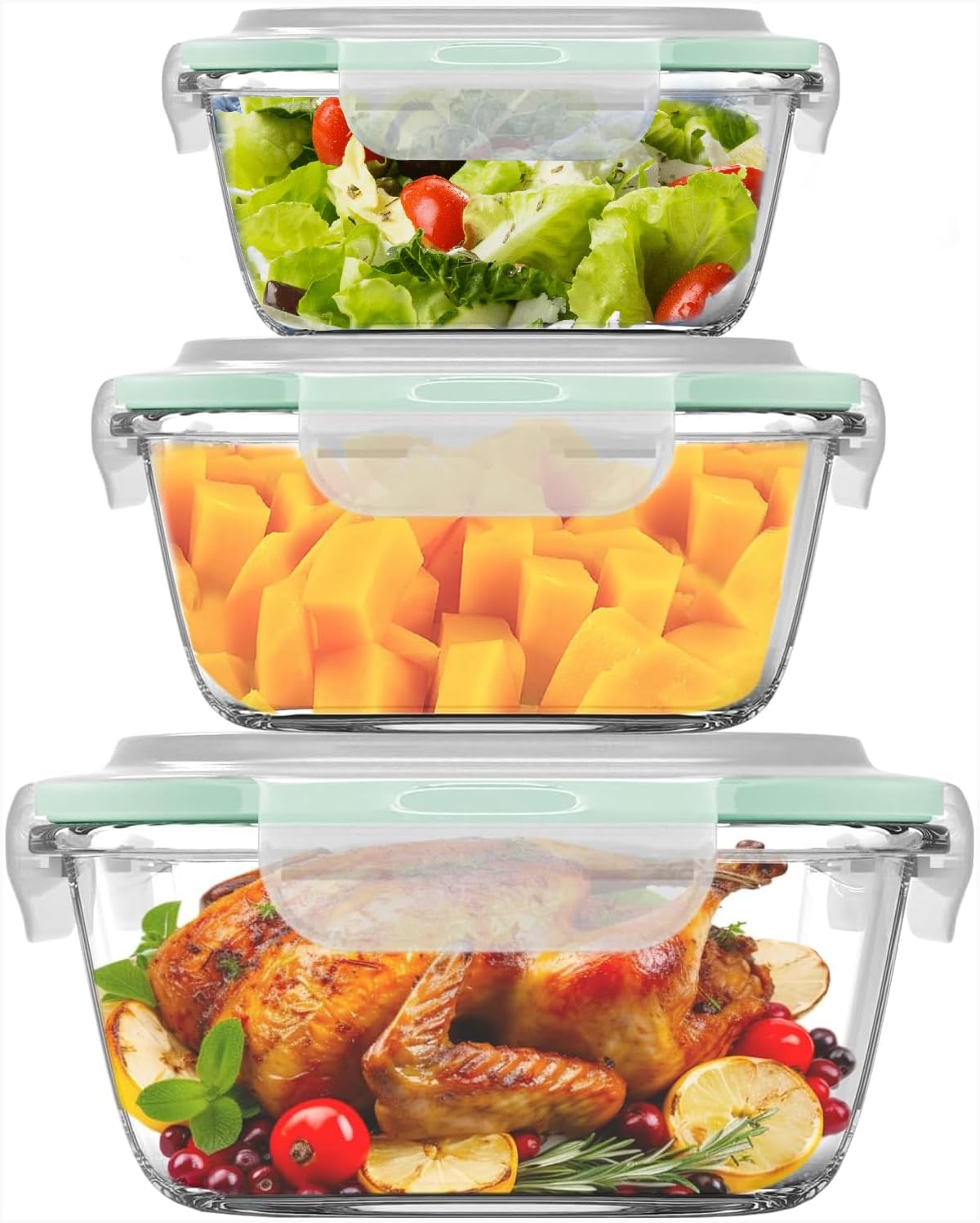We’ve all been there – staring at a piece of glassware and wondering, “Is it safe to pop this in the microwave?” It’s a common question that often comes up when we’re heating leftovers or prepping a quick meal. The answer is a little more nuanced than a simple yes or no, and it’s essential to understand how glass interacts with microwaves. So, can you put glass food containers in the microwave? Yes, but with a few important caveats! Let’s break down everything you need to know.
Understanding Microwave-Safe Glass
Not all glass is created equal. Some types of glass are perfectly safe to use in microwaves, while others can be hazardous. Knowing the difference is key to avoiding accidents in the kitchen. In general, microwave-safe glass is specially designed to withstand high temperatures without cracking or shattering.
Types of Glassware
Glassware comes in various types, and understanding the differences will help you choose the right one for microwave use. Some glass is tempered, and some are not – which is a big factor when deciding whether it’s microwave-friendly.
Tempered Glass
Tempered glass is your best friend in the microwave. It’s heat-resistant and can withstand temperature fluctuations, making it ideal for heating food. Pyrex, for example, is a well-known brand of tempered glass that’s widely used in kitchens. Tempered glass is designed to be tougher than ordinary glass, so it’s less likely to break under heat stress.
Non-Tempered Glass
On the other hand, non-tempered glass isn’t as durable. It’s more prone to shattering when exposed to rapid temperature changes. If you’re not sure whether your glass is tempered, it’s better to err on the side of caution and avoid putting it in the microwave.
Common Myths About Glass in Microwaves
Some myths surrounding glass and microwaves include the idea that all glass is safe to use, or that glass will automatically explode. The truth lies somewhere in between. Glass doesn’t inherently cause danger in a microwave, but the type of glass, the condition of the glassware, and how you use it matter.
How to Know if Glass is Microwave-Safe
Now that we’ve discussed the types of glass, how do you know if your glass is actually safe to use in the microwave? Fortunately, there are some easy methods you can use to check.
Checking for a Label or Symbol
Most microwave-safe glassware will have a label or symbol indicating its safety. Look for a small microwave icon or a line of text on the bottom of the glass. If you see this, you’re good to go! If not, don’t worry. You can still test the glass using other methods.
Testing Glassware in Your Microwave
If your glass doesn’t have a label, you can perform a simple test to ensure its safety. It’s quick, easy, and could save you a big mess!
The Water Test
Place the glassware in the microwave with a cup of water inside it. Heat it for one minute. If the glass stays cool while the water heats up, your glass is safe for the microwave. If the glass heats up or cracks, it’s not microwave-safe.
Visual Inspection
If you notice any cracks, chips, or imperfections in your glassware, avoid putting it in the microwave. These weak spots can cause the glass to break under heat, even if it was originally microwave-safe.
What Happens if Non-Microwave-Safe Glass is Used?
Using non-microwave-safe glass can lead to several potential problems, ranging from mild inconveniences to dangerous accidents. Here’s what could happen if you use the wrong type of glass.
Risk of Shattering
The most obvious risk is that the glass could shatter. Microwaves heat things unevenly, which can cause temperature stress in certain areas of the glass, leading to cracks or full-on breaks. This can make a huge mess and potentially cause injuries.
Uneven Heating
Even if the glass doesn’t break, non-microwave-safe glass may not distribute heat evenly. This can lead to cold spots in your food or hot spots that can burn you when you touch the dish.
Release of Toxic Chemicals
Some non-microwave-safe glass is treated with chemicals or coatings that can release toxins when exposed to high heat. This is rare but worth considering, especially if the glass is old or of questionable quality.
Read another article: click here
Best Practices for Using Glass in the Microwave
If you’ve confirmed that your glass is microwave-safe, there are still some best practices to follow to ensure safety and proper heating.
Don’t Microwave Cold Glass
One mistake many people make is putting cold glass straight into the microwave. Sudden temperature changes can cause the glass to break. Allow the glass to come to room temperature before heating it.
Use Proper Covering Techniques
When using glass in the microwave, it’s a good idea to cover it with a microwave-safe lid or a microwave-safe cover to prevent splatters. Be sure to leave a small vent so that steam can escape, reducing pressure inside the dish.
Benefits of Using Glass in the Microwave
When used correctly, glass is one of the best materials for microwaving food. Here are a few reasons why.
Retains Heat Well
Glass retains heat longer than plastic or ceramic, meaning your food will stay warmer for longer once it’s out of the microwave.
Environmentally Friendly Option
Glass is reusable and recyclable, making it a more eco-friendly option compared to plastic containers, which can wear out or leach chemicals over time.
Read more: Click here
